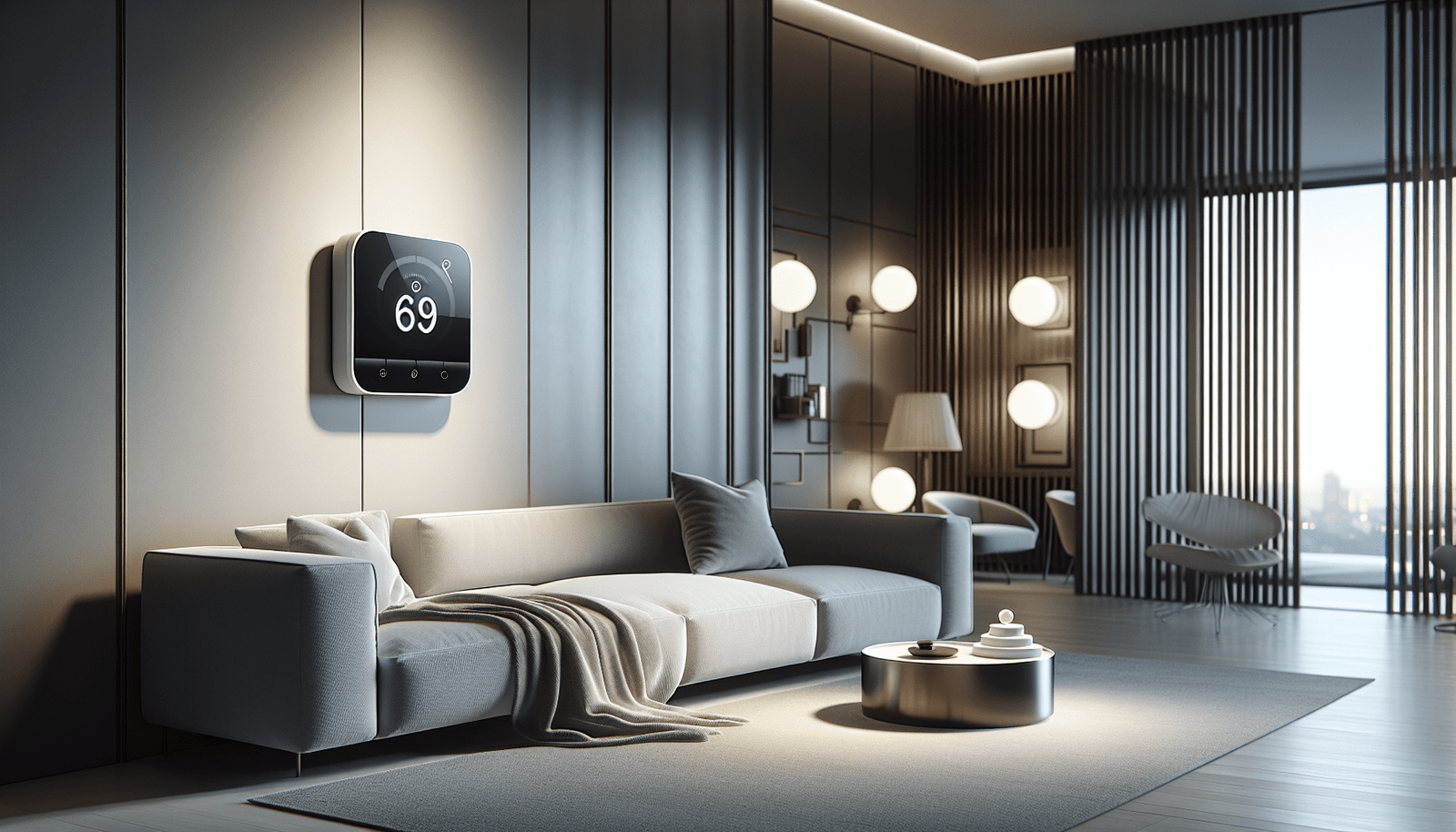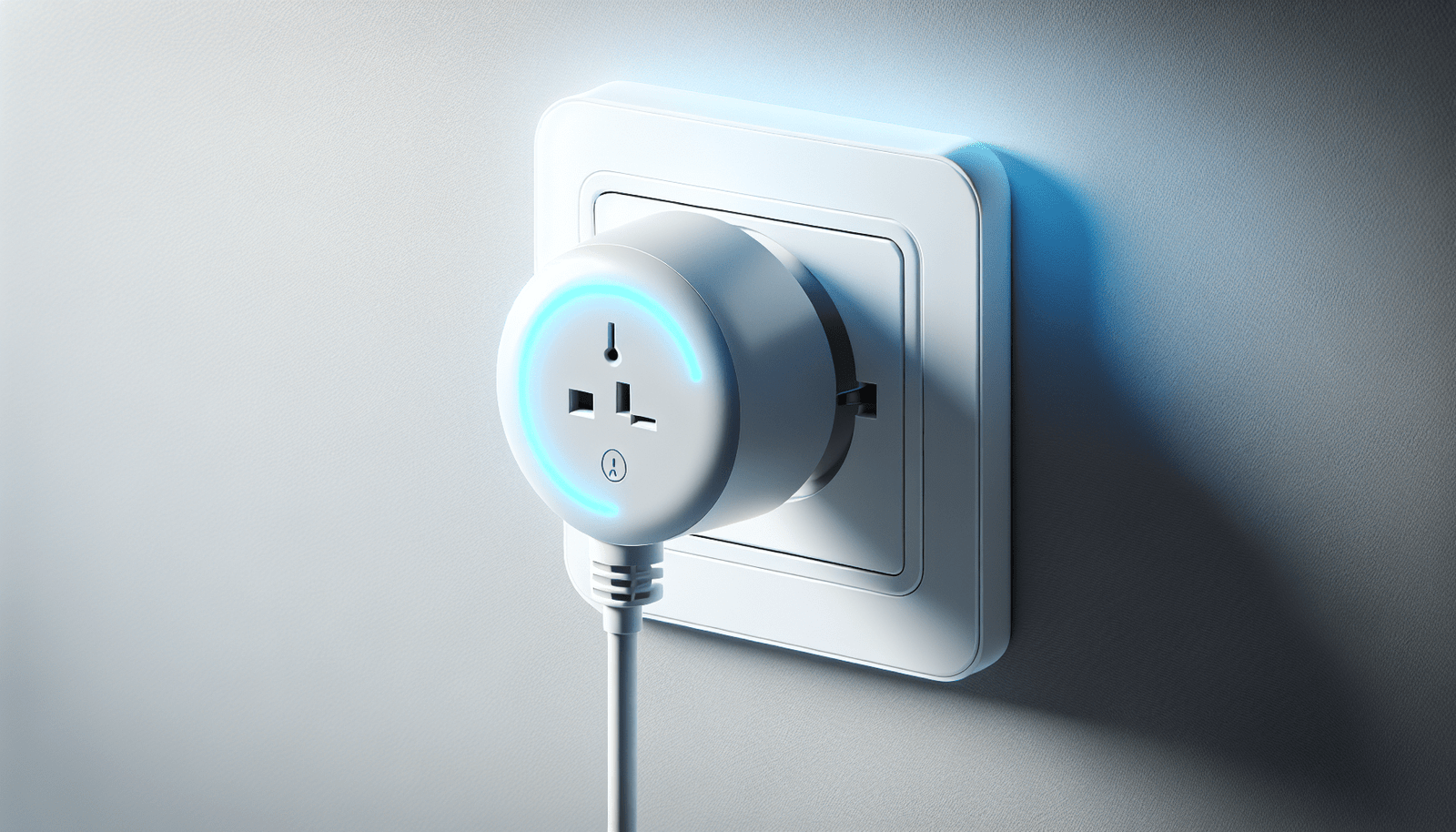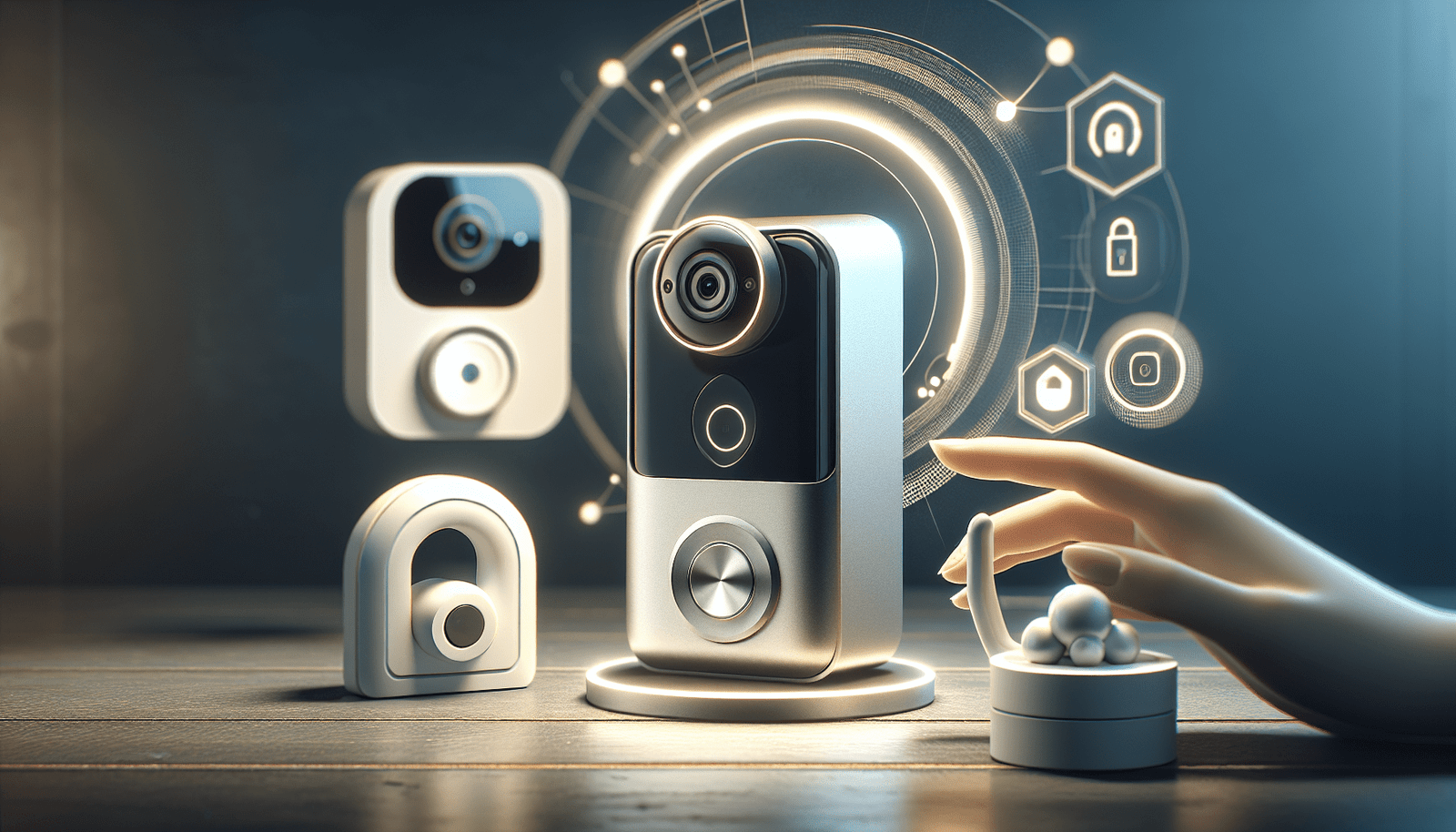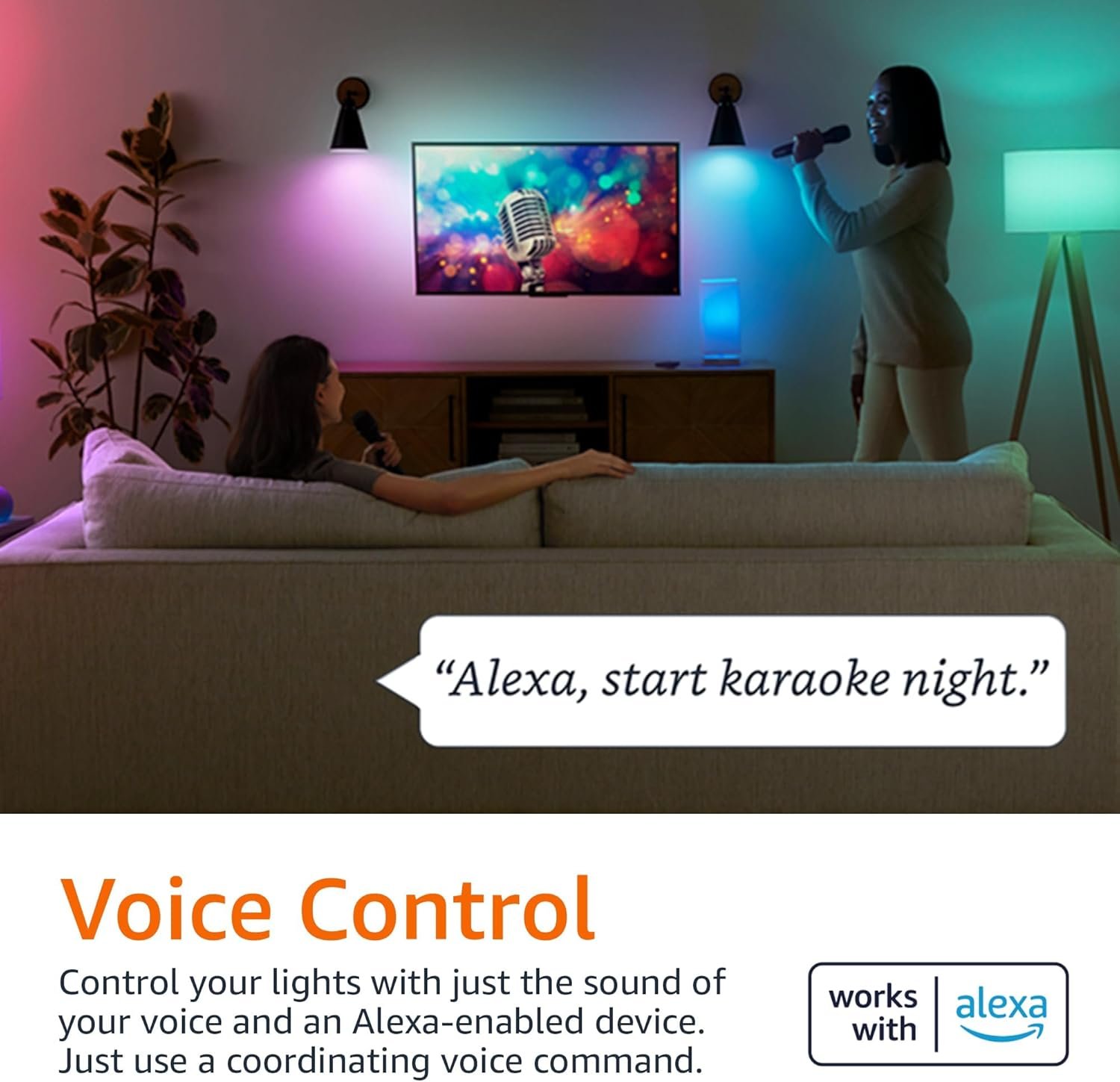Have you ever wondered how smart technology can make your life easier? Are you curious about whether investing in a smart home is really worth it? In today’s world, where technology has become an integral part of our daily lives, the idea of a smart home is more appealing than ever. However, one pressing question remains: are smart homes actually expensive?
Understanding Smart Homes
Smart homes are residences equipped with technology that allows you to control various devices and systems remotely or automatically. Imagine turning on your lights, adjusting the temperature, or even locking the doors from your smartphone, regardless of where you are. This level of convenience is becoming increasingly sought after.
Smart Home Devices
When you think about smart homes, numerous devices probably come to mind. Let’s take a closer look at some common smart home devices you might consider integrating:
-
Smart Speakers: Devices like Amazon Echo or Google Home allow you to control various smart devices with voice commands.
-
Smart Thermostats: These devices learn your heating and cooling preferences to optimize energy use, helping you save money and energy.
-
Smart Lights: With smart bulbs, you can adjust brightness, change colors, and schedule lighting, all from your smartphone.
-
Smart Security Systems: These include cameras, doorbells, and overall monitoring systems that enhance your home security.
-
Smart Appliances: Refrigerators, ovens, and washing machines can be connected to the internet for remote operation and monitoring.
-
Smart Plugs: These devices let you control appliances you already own through your smartphone, turning any regular device into a smart one.
Learning to Integrate Smart Devices into Your Home
Integrating smart devices into your home can be straightforward. However, there are a few steps and considerations to keep in mind.
Assess Your Needs
Before rushing into buying smart devices, think about your lifestyle and what you genuinely need. Do you want to focus on security, convenience, energy efficiency, or a combination of these?
Make a Plan
Create a plan for which devices you want to incorporate. Prioritize your list based on budget, necessity, and compatibility with other devices you may own.
Check Compatibility
Not all smart devices work well with each other. Before purchasing, ensure that the devices you are interested in can communicate—this often means checking if they work with the same smart home hub or protocol, like Zigbee, Z-Wave, or Wi-Fi.
Start Small
If you’re unsure about making a large investment, start with one or two devices. For instance, consider beginning with smart bulbs or a smart speaker. This way, you can see how much you enjoy the technology before expanding your collection.
The Cost of Smart Homes
One of the most significant factors in deciding to transition to a smart home is the cost. The price of creating a smart home can vary widely based on your choices. Here’s a breakdown to illuminate the potential costs.
Entry-Level Smart Devices
Consider starting with basic, entry-level devices. These can be quite affordable and usually range from about $15 to $100. Examples include:
| Device Type | Average Cost |
|---|---|
| Smart Bulbs | $10 – $50 |
| Smart Plugs | $15 – $40 |
| Smart Thermostat | $70 – $120 |
| Smart Speaker | $30 – $200 |
Although entry-level devices are cost-effective, you may find they have fewer features than more expensive options. However, starting with these is a fantastic way to immerse yourself in the world of smart technology without breaking your budget.
Mid-Range Options
If you’re looking for more features, the mid-range smart devices provide additional functionalities without going overboard on expenses. Mid-range devices can cost anywhere from $100 to $300.
| Device Type | Average Cost |
|---|---|
| Smart Security Cameras | $100 – $250 |
| Smart Door Locks | $150 – $300 |
| Smart Thermostat (advanced) | $150 – $250 |
In this range, you start seeing features like enhanced security, learning capabilities with ai integration, and better connectivity options.
Premium Smart Devices
For those who want advanced features, high-end devices are an option. These top-of-the-line devices can cost over $300 and may include items such as:
| Device Type | Average Cost |
|---|---|
| Whole smart home systems | $300 – $1,500 |
| Smart Refrigerators | $1,000+ |
| High-end Smart Security Systems | $500 – $2,000+ |
Premium devices offer the latest technology, unique features, and enhanced integration for a seamless smart home experience.
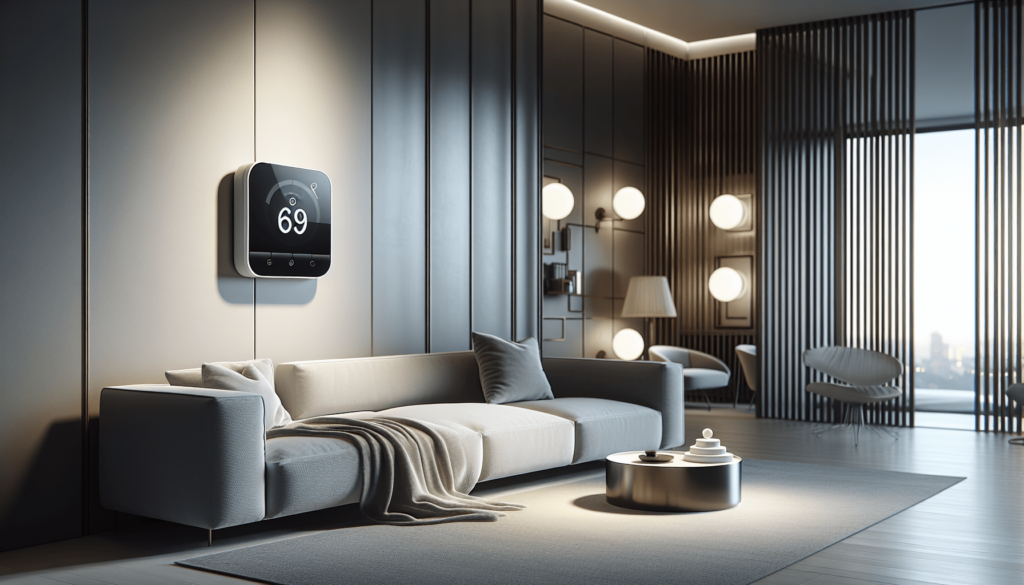
The Hidden Costs of Smart Homes
While the upfront costs of smart devices can give you a good idea of your spending, it’s essential to consider hidden costs that may arise.
Installation Charges
Depending on the complexity of the devices you choose, you may incur installation charges. Simple devices often allow for easy self-installation, but others, especially in security systems, may require professional installation.
Subscription Fees
Many smart home systems require a subscription for advanced features, such as video storage for smart cameras or enhanced security monitoring services. This can add monthly or yearly costs to your budget that you may not have anticipated.
Increased Energy Costs
While some devices are designed to save energy and lower your bills, others may inadvertently increase energy consumption if not managed properly. For example, many smart devices remain in a standby mode, continually drawing power.
Maintenance and Upgrades
Technology is constantly evolving. As you integrate more devices, you may find that your devices need periodic updates or maintenance, which can also accumulate costs over time.
Are Smart Homes Worth the Investment?
You may be wondering if the financial commitment of a smart home pays off in the long run. There are some tangible benefits to consider.
Convenience
One of the most significant advantages is the convenience smart homes offer. You can control a wide range of devices from your smartphone, making day-to-day life much simpler. For example, if you’re running late, you can remotely adjust your thermostat or turn on lights so you return to a comfortable home.
Energy Efficiency
Smart devices often enable more efficient energy use, which can translate to utility savings over time. For instance, smart thermostats optimize heating and cooling based on your patterns, while smart plugs can help monitor and reduce power consumption.
Enhanced Security
Smart security systems provide peace of mind that can make the investment worthwhile. With real-time monitoring and alerts sent straight to your phone, you can feel more secure in your home.
Increased Home Value
Incorporating smart home technology can even add value to your property. Many home buyers are looking for homes that are modern and equipped with smart technology, which can be a selling point in the real estate market.
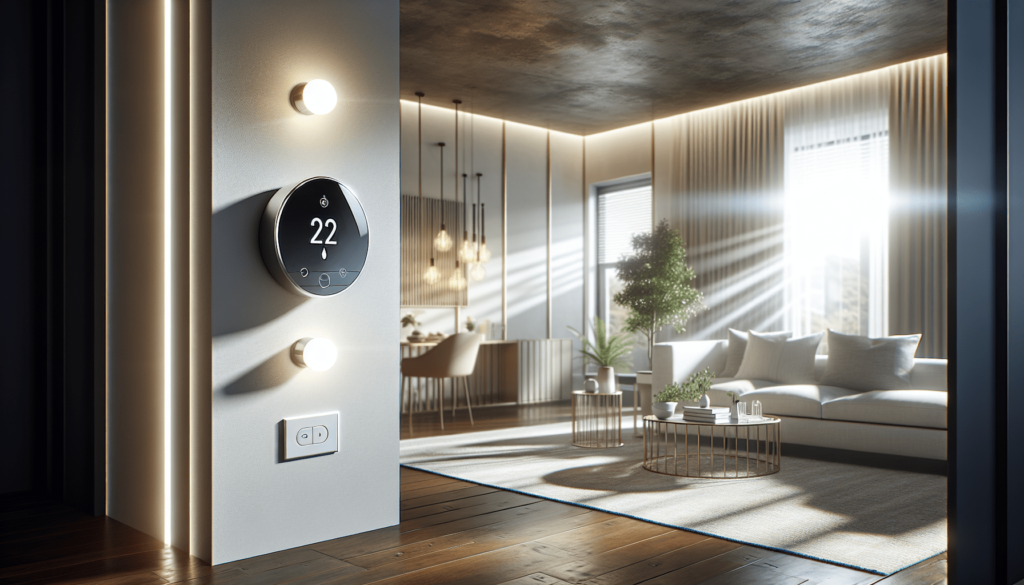
Conclusion
So, are smart homes expensive? The answer is nuanced and depends on what you need and how much you are willing to invest. While initial costs can vary widely, potential benefits in convenience, energy efficiency, security, and even home value often justify the expense.
By starting small and gradually expanding your smart home system, you can create a home tailored to your lifestyle without overwhelming your budget. It’s essential to assess your needs, choose compatible devices, and be aware of any hidden costs along the way.
In the end, creating a smart home is about finding a balance that suits your needs and budget. The convenience and benefits offered can easily outweigh the initial investment, setting you on a path toward a modern, efficient lifestyle that makes your everyday living smoother and more enjoyable.
